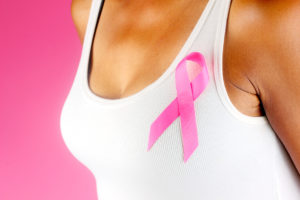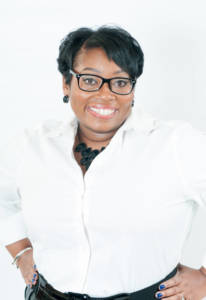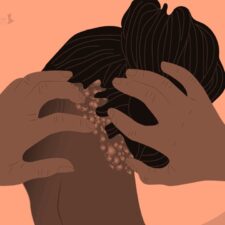
According to the Center for Disease Control black women have lower rates of getting breast cancer but have higher rates of dying from breast cancer. Why is this? There are many different dynamics to this problem. Black women are still less likely to get a mammogram when compared to white women due to insurance or access to care. This causes Black women to commonly have more advanced disease because of being diagnosed later.
There are many ways this concern can be addressed. I want to share with you a few common ways black women can decrease their chances of breast cancer mortality.
1. Make It A Priority To Get A Mammogram
The American College of Physicians (ACP) now recommends a mammogram every other year for women 50 to 74 years old who are at average risk for breast cancer. The keyword here is ‘average risk”. This does not apply to women who have had abnormal test results or to those who have a higher risk for breast cancer due to genetic mutation or family history. The quicker breast cancer is diagnosed, the better the outcomes for the women.
2. Don’t Ignore The Symptoms
Most breast cancers are discovered by women during regular daily activities like bathing. Knowing how your breasts look and feel and being alert for the signs and symptoms of breast cancer, like a lump, can help you detect the disease early when it's easiest to treat.
As an oncology nurse, I have seen patients come into the doctor with symptoms that they had been having for months because they were afraid of the outcome. When the women finally came into the doctor, they are in stage 4 and the prognosis is poor.
3. Know Breast Cancer Symptoms
One of the main ways to catch breast cancer is to know the symptoms. If you know what you’re looking for you more than likely to catch it. Here are signs and symptoms of breast cancer to pay attention too. If you notice any of the symptoms below be sure to reach out to your doctor.
A lump in the breast or armpit is the most common symptom of breast cancer. Lumps may feel soft and rubbery or hard. Unless you have small breasts or the lump is very large, you probably won’t be able to see it. Other symptoms include:
-Skin redness
-Dimpling or puckering on the breast
-Scaliness on nipple (sometimes extending to the areola)
-Discharge from the nipple
-Nipple changes, including the nipple turning inward, pulling to one side or changing direction
-Ulcer on the breast or nipple (sometimes extending to the areola)
-Thickening of the skin, resulting in an orange-peel texture
Overall, trust your gut. If something doesn’t feel right more than likely it’s not. Talk to your physician with any concerns you may have. It’s better to be safe than sorry.

Priscilla Q. Williams, RN: Author, Speaker, Certified Life Coach, Global Nurse Educator www.priscillaqwilliams.com








